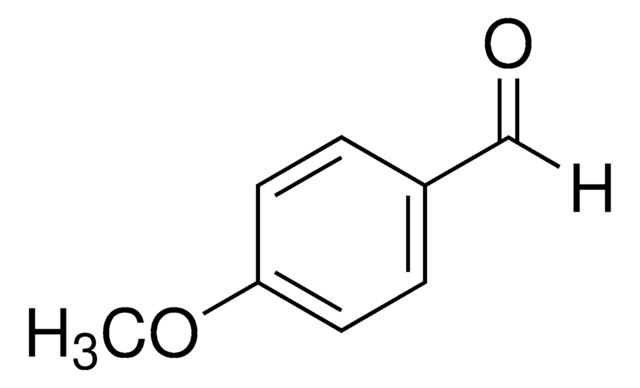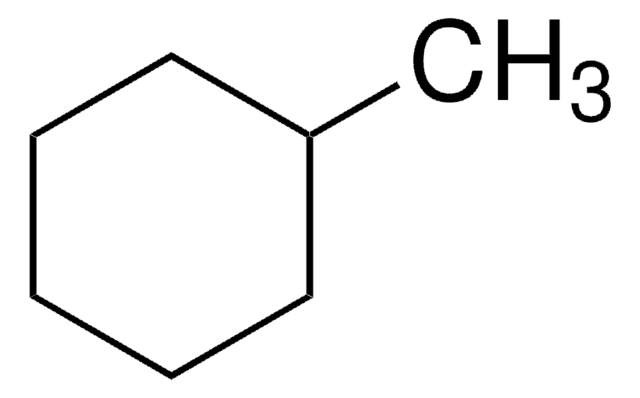8.22263
2-Butanol
EMPLURA®
Synonym(s):
2-Butanol, sec-Butyl alcohol
About This Item
Recommended Products
vapor pressure
16.5 hPa ( 20 °C)
Quality Level
product line
EMPLURA®
Assay
≥99% (GC)
form
liquid
autoignition temp.
390 °C
potency
6480 mg/kg LD50, oral (Rat)
>2000 mg/kg LD50, skin (Rat)
expl. lim.
1.4-9.8 % (v/v)
impurities
≤0.2% Water (Karl Fischer)
pH
7 (20 °C)
bp
99-102 °C/1013 hPa
mp
-115 °C
transition temp
flash point 24 °C
solubility
125 g/L
density
0.81 g/cm3 at 20 °C
storage temp.
2-30°C
InChI
1S/C4H10O/c1-3-4(2)5/h4-5H,3H2,1-2H3
InChI key
BTANRVKWQNVYAZ-UHFFFAOYSA-N
Application
- Machine-Learning-Based Kinetic-Free Hybrid Gray-Box Model to Predict Sulfuric-Acid-Catalyzed Esterification Reaction.: Describes a new machine learning model to optimize the esterification reaction process, which can potentially include the use of 2-butanol as a reactant or solvent (Wen X et al., 2024).
- Dynamic microbial and metabolic changes during Apulian Caciocavallo cheese-making and ripening produced according to a standardized protocol.: This research investigates the role of microbial communities and their metabolic activities in cheese production, where solvents like 2-butanol may be used in analytical methods (Vacca M et al., 2024).
- Interruption of p38(MAPK)-MSK1-CREB-MITF-M pathway to prevent hyperpigmentation in the skin.: Discusses the biochemical pathway involved in skin pigmentation, where 2-butanol may be employed in experimental procedures or as a solvent (Kim SH et al., 2024).
Analysis Note
Density (d 20 °C/ 4 °C): 0.806 - 0.807
Water (K. F.): ≤ 0.20 %
Identity (IR): passes test
Legal Information
Signal Word
Warning
Hazard Statements
Precautionary Statements
Hazard Classifications
Eye Irrit. 2 - Flam. Liq. 3 - STOT SE 3
Target Organs
Central nervous system, Respiratory system
Storage Class Code
3 - Flammable liquids
WGK
WGK 1
Flash Point(F)
80.6 °F - closed cup
Flash Point(C)
27 °C - closed cup
Certificates of Analysis (COA)
Search for Certificates of Analysis (COA) by entering the products Lot/Batch Number. Lot and Batch Numbers can be found on a product’s label following the words ‘Lot’ or ‘Batch’.
Already Own This Product?
Find documentation for the products that you have recently purchased in the Document Library.
Customers Also Viewed
Our team of scientists has experience in all areas of research including Life Science, Material Science, Chemical Synthesis, Chromatography, Analytical and many others.
Contact Technical Service







